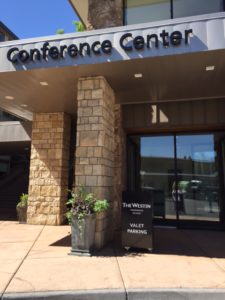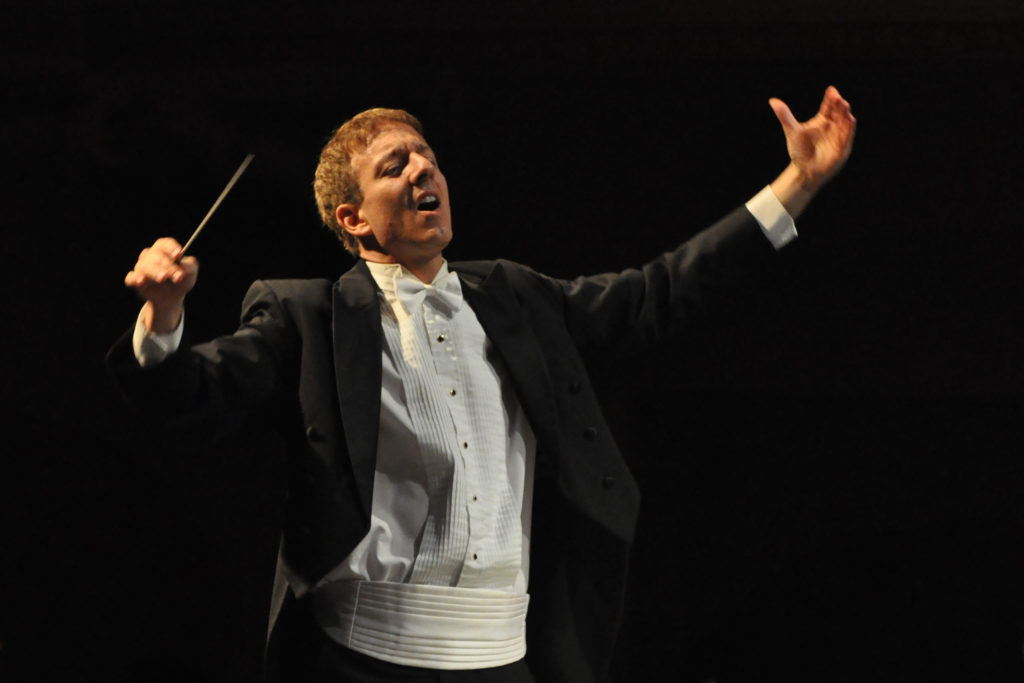
We are fortunate today to be joined by the Music Director for The Joffrey Ballet, Scott Speck. We asked him some questions about the music for Joffrey’s upcoming performance of Balanchine’s The Four Temperaments. He shares some fascinating insights about the composer, the score, and the musicality of the choreographer.
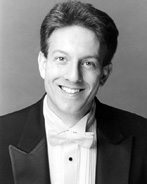






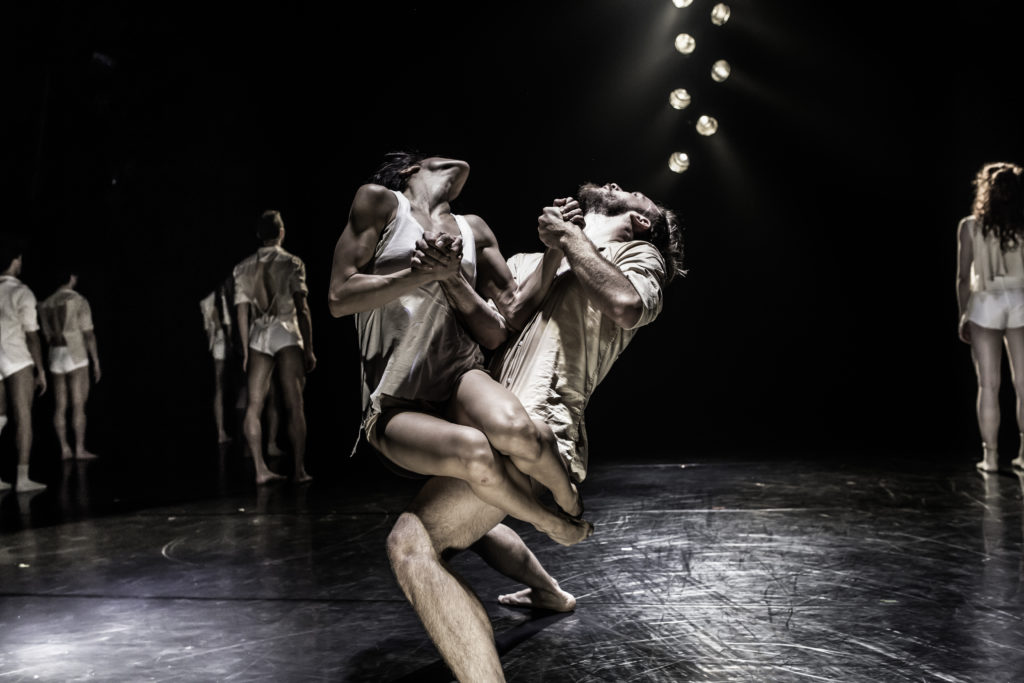
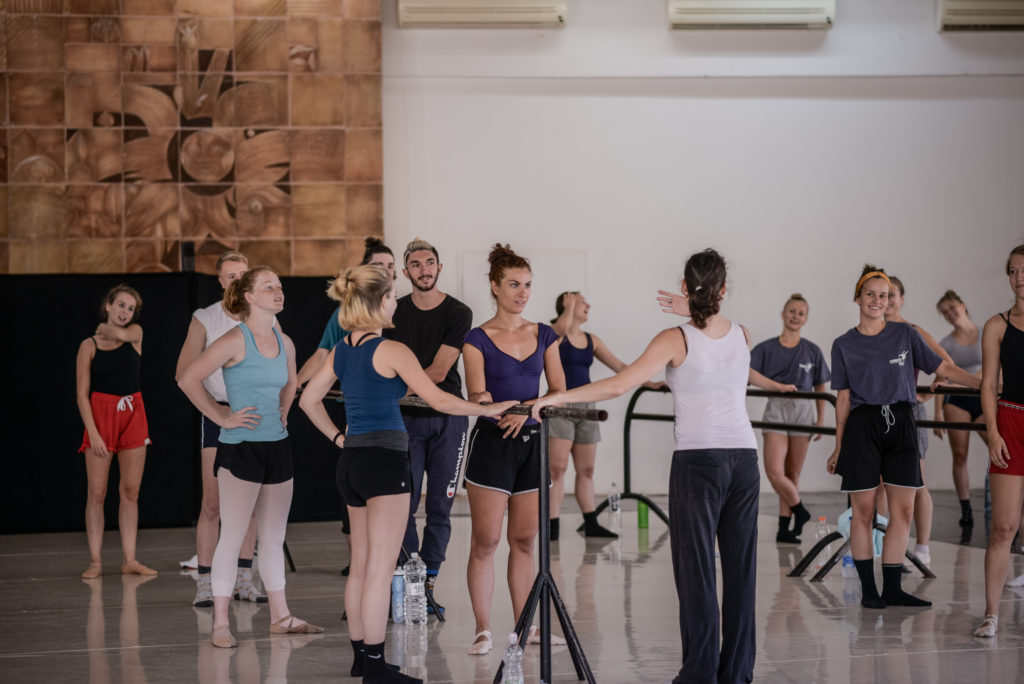
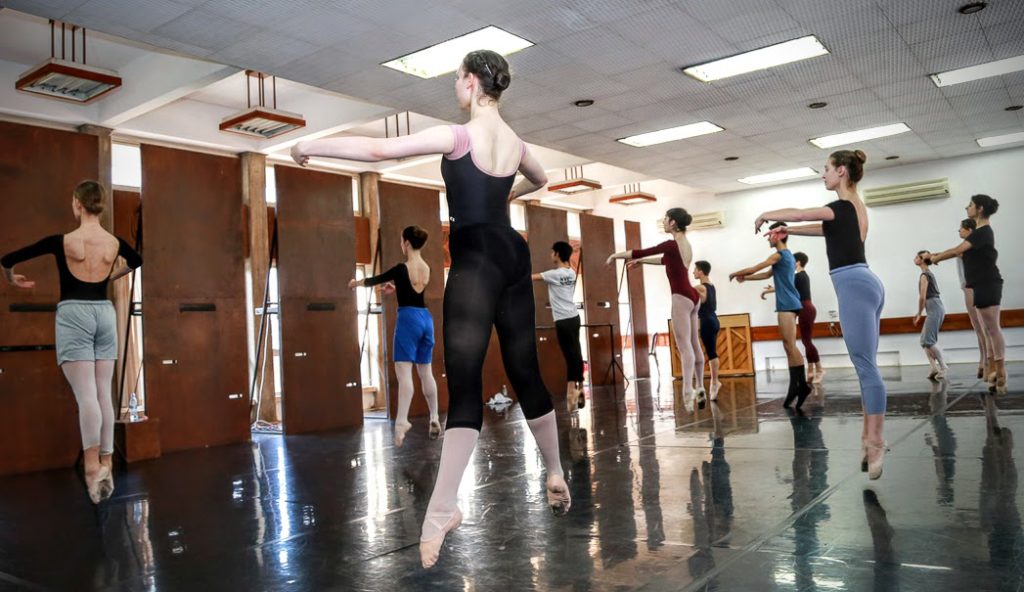

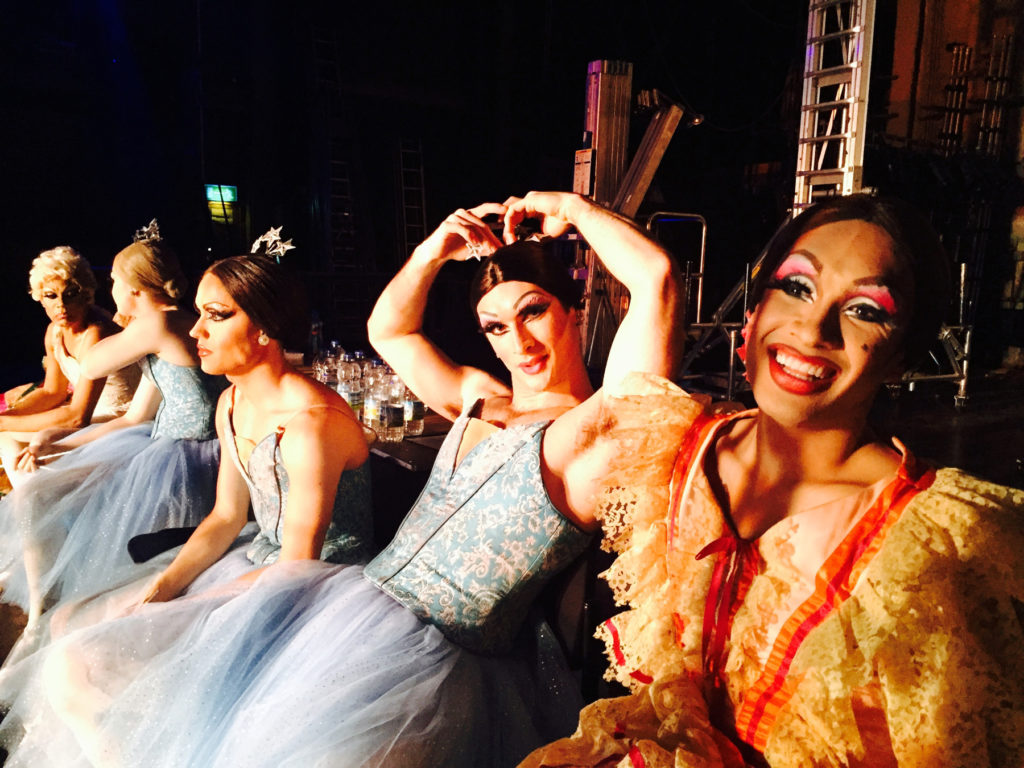
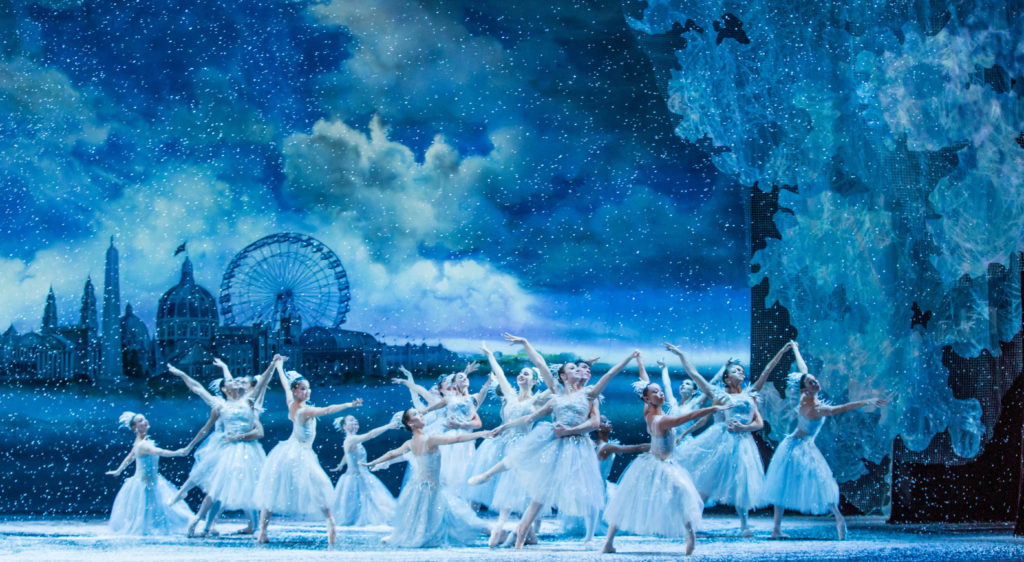
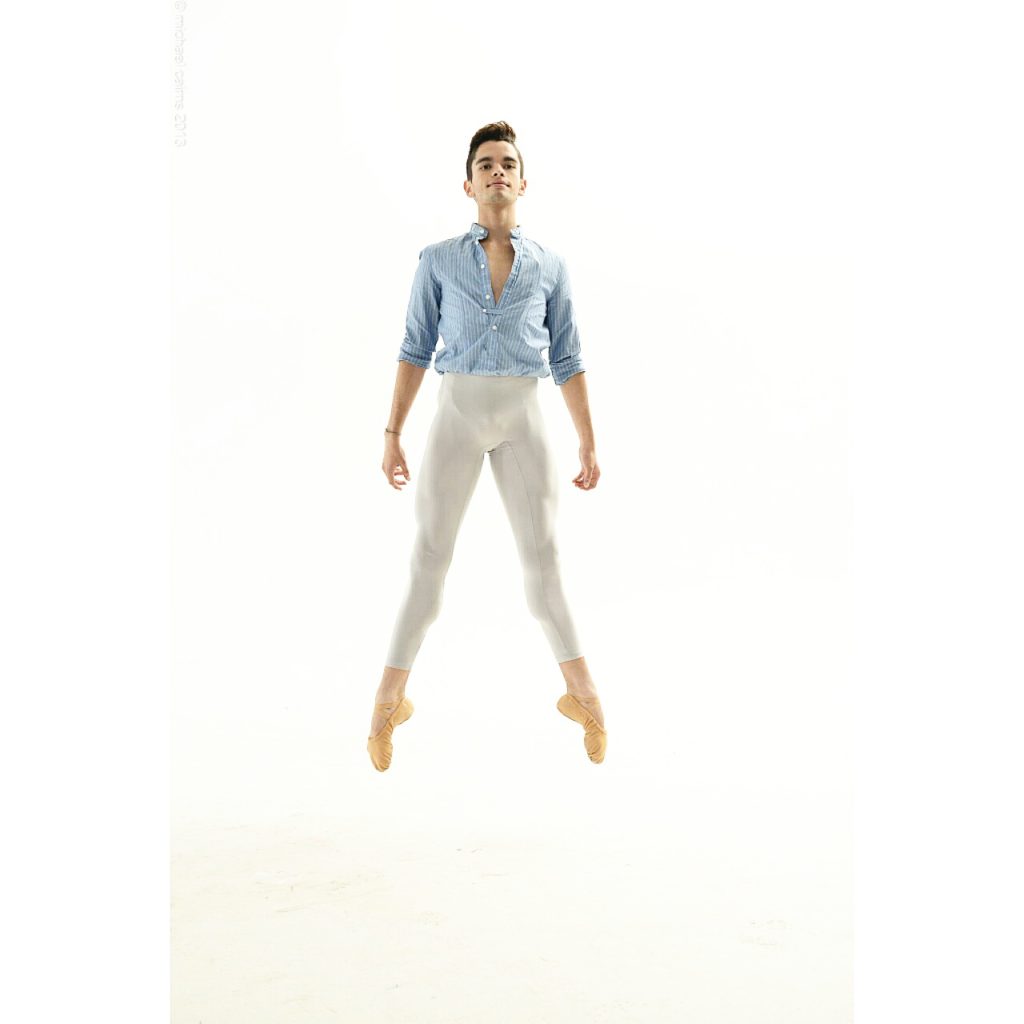
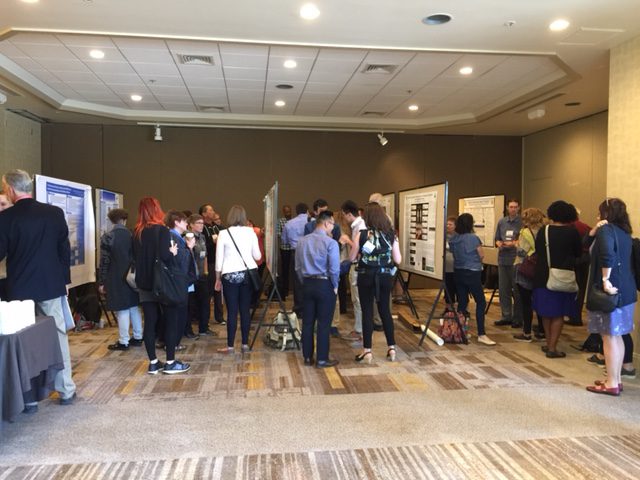
 Originally founded as an organization for medical professionals, membership expanded over the years to include others who were becoming more and more interested in the health and well-being of this sector of the arts. Approximately 20% of the organization is currently from outside of the US. PAMA holds a yearly symposium as a gathering place for members and others that serves to share information about the field, provide networking opportunities, and more.
Originally founded as an organization for medical professionals, membership expanded over the years to include others who were becoming more and more interested in the health and well-being of this sector of the arts. Approximately 20% of the organization is currently from outside of the US. PAMA holds a yearly symposium as a gathering place for members and others that serves to share information about the field, provide networking opportunities, and more.
